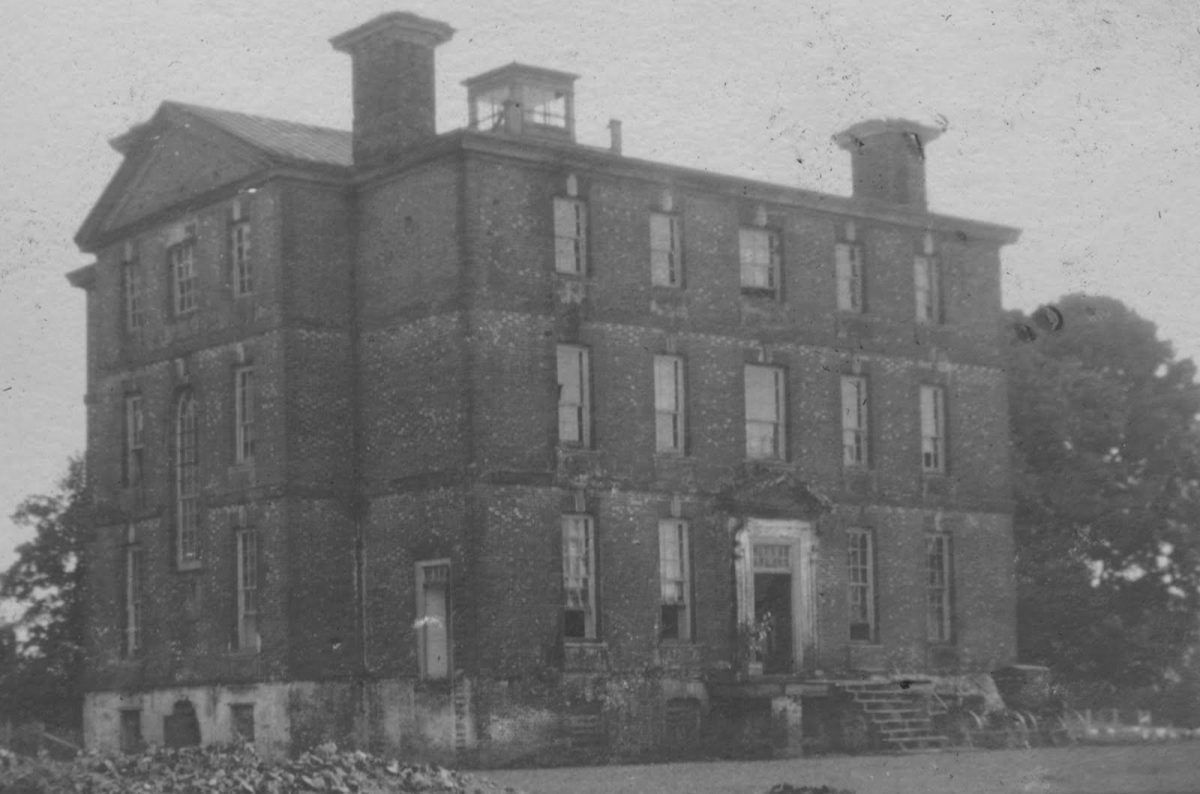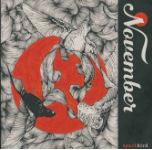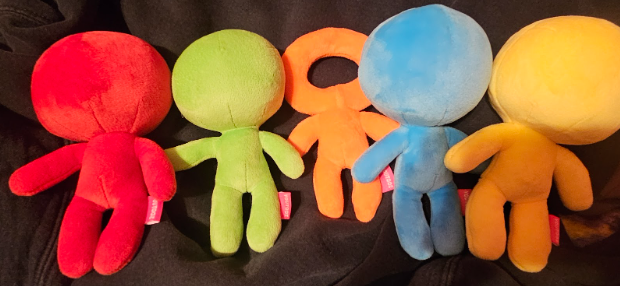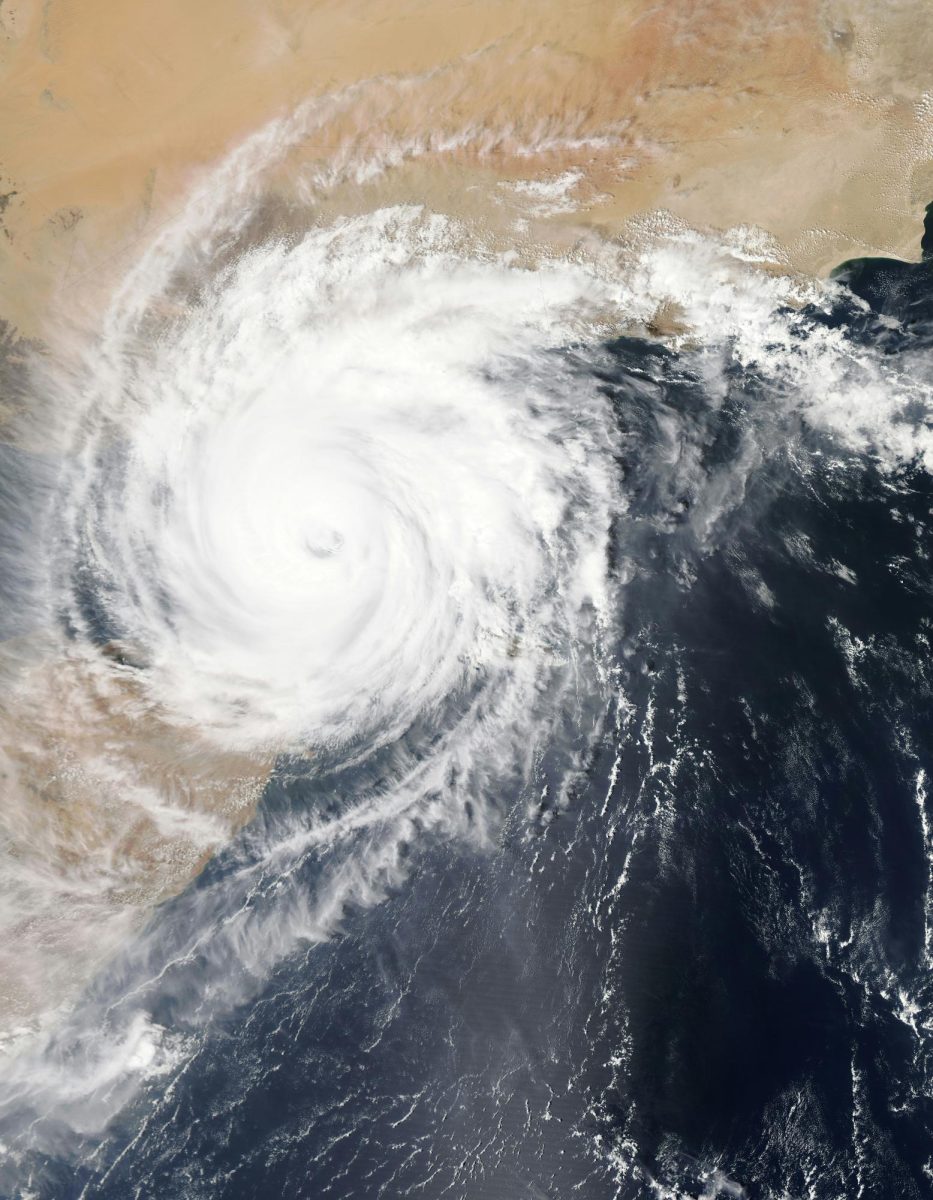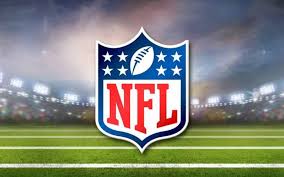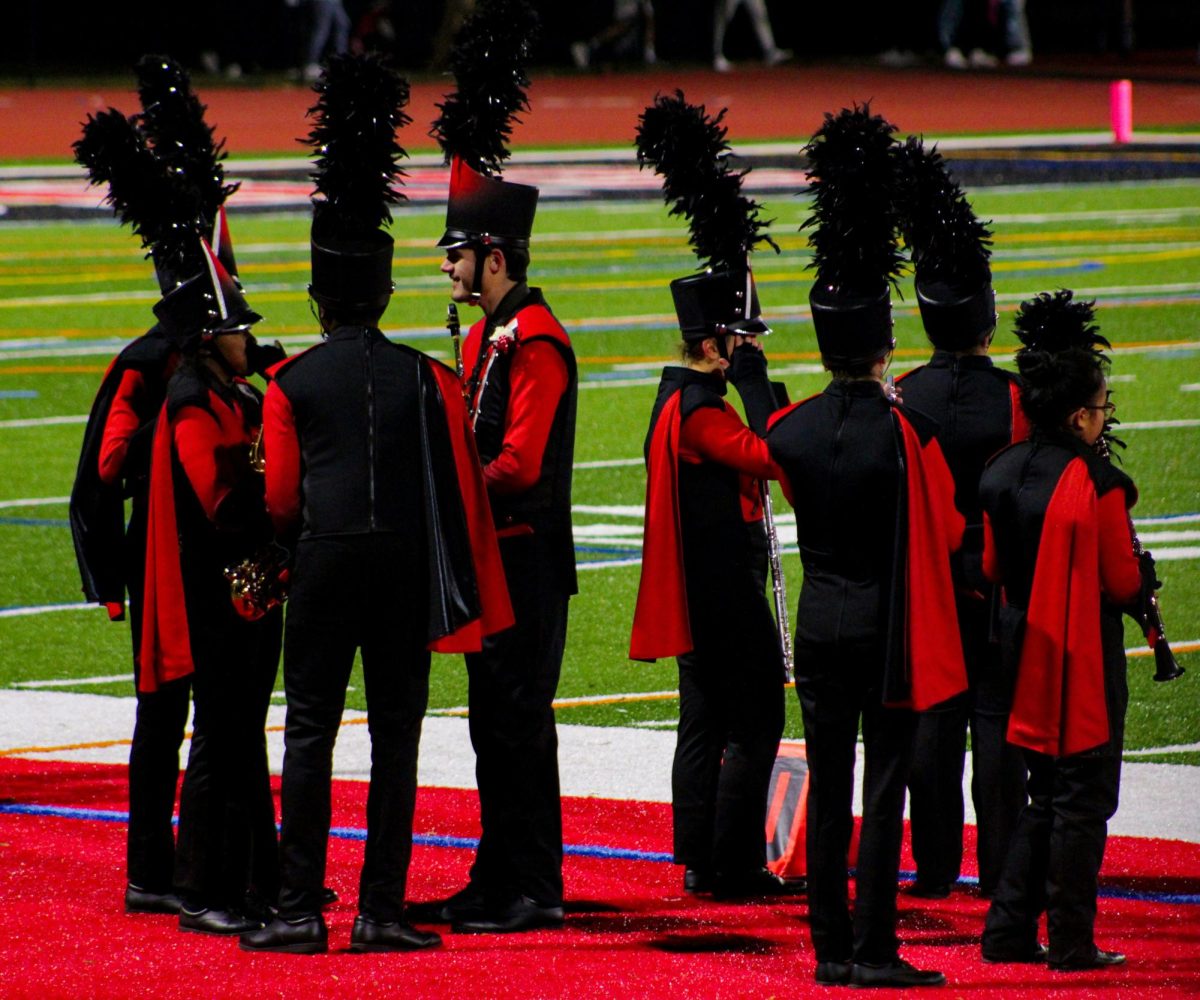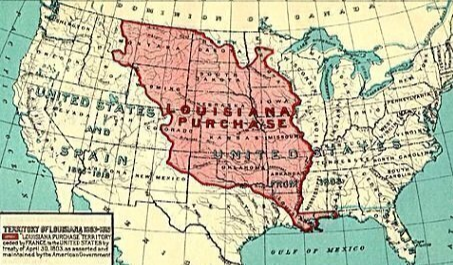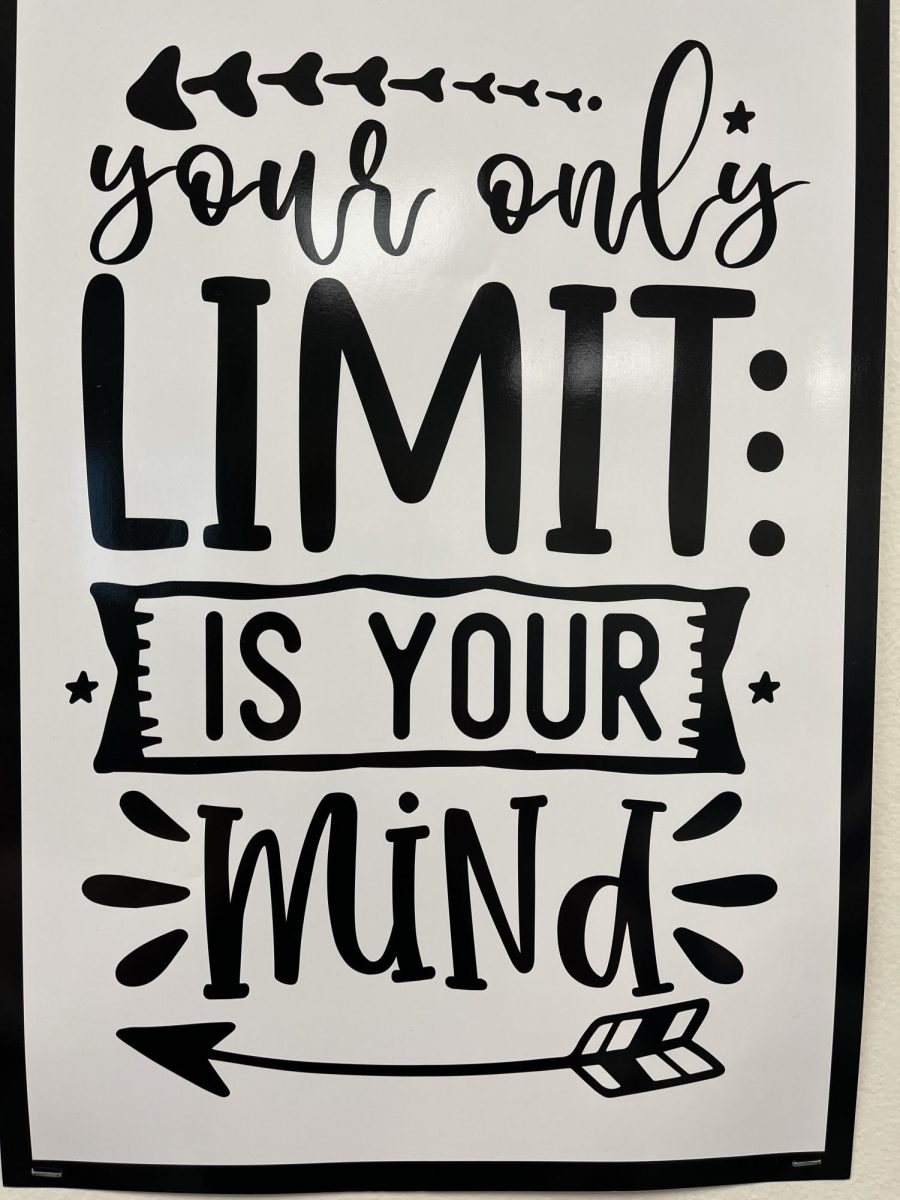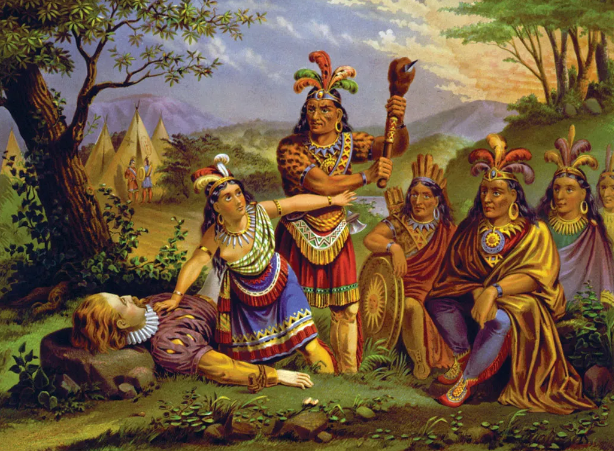In April of 1803, the United States bought over 800,000 square miles of land from the French, doubling the United States overnight. The problem was that the French didn’t necessarily own the land that was later known as the Louisiana Purchase; it was just telling this newly formed nation that the French wouldn’t interfere with the colonization of this land. The people who owned this land lived here for thousands of years, and the US knew that they had to buy it from them. With that, they began to sign treaties with these tribes, giving them food, tools, and cash so the tribes would allow them to share land. Of course, some tribes denied them, but soon, that wouldn’t be a choice.
At the beginning of George Washington’s first term of presidency, he declared that a fair and just policy for Native Americans was his top priority. He then said, “The Government of the United States is determined that their Administration of Indian Affairs shall be directed entirely by the great principles of justice and humanity.” Washington wanted to do this the right way, not wanting to be this superpower that bullies the little guy just as the British had done not even a century ago. Tragedy struck when, in 1799, George Washington died of a throat infection. With that, the direction of how they would treat the natives would change.
Now, when they originally began taking land, they disguised this as a humane process, with the Indians signing a treaty allowing the colonists to settle in their land and live there. This was a pattern seen again and again, with over 300 treaties being signed and quickly revoked for economic gain. A perfect example of this was the Muscogee tribe. The tribe denied a relocation treaty but agreed to sell a portion of their land in exchange for being able to keep the rest, and the US agreed. Four years later, settlers moved into the land that the US agreed was the tribes. Soon the US military was called, forcing the tribe out of their land.
The United States was known to play dirty throughout this time, getting tribal leaders drunk and tricking them into signing the treaties and or choosing someone to lead the tribes and then having that person sign away the rights of their land. In another example, the Sioux and the Arapaho were dominating the US military, causing the US to lose again and again. Finally admitting defeat, they signed a peace treaty allowing them to keep their land in “forever cases.” This was quickly disproven when gold was discovered almost a decade later, breaking apart their land and even making roads on their land.
Down south near present-day Florida, there were five tribes that the US called “the five civilized tribes.” These tribes were the Cherokee, Chickasaw, Choctaw, Muscogee, and Seminole. They had all signed treaties with the US for their rights to their land. They played by the US rules by speaking English, farming, wearing European clothing, and some even owned slaves. At this time, many were getting rich from selling cotton to textile mills. This one strip of land called the black belt prairie was extremely desirable for the production of cotton. The state of Georgia quickly sprung into action, making laws that unraveled the Cherokee tribe’s government. They quickly fought back, even taking them to court. In the end, it was put into the Supreme Court, and the tribe won. The problem, of course, was that the Judicial Branch couldn’t make a ruling unless the Executive branch enforced it. At the time, President Andrew Jackson was head of the Executive branch who, in the war of 1812, wrote a letter to his wife claiming he slaughtered over 100 Indians in an “elegant” way. He ended up responding sarcastically, stating, “John Marshall has made his decision now let him enforce it.” He then responded by enforcing a law called the Indian Removal Act. They then focused on breaking apart the five civilized tribes first, with the Cherokees forcing them to sign a treaty that the tribal leader never even signed. It was signed by just some guy who had no authority over the land. It didn’t matter to the US, it was signed by someone, and that’s all they needed. Quickly the other four tribes were kicked from their land. The US gave them land that wasn’t inhabited by them and forced them to walk hundreds of miles. This walk was later called The Trail of Tears. This was the first state-sponsored ethnic cleansing that Hitler later referenced when he was attempting his own ethnic cleansing, stating, “The Volga must be our Mississippi,” and that “Europe and not America will be the land of unlimited possibilities.” The story doesn’t exactly end there though.
The US took these Native Americans and shipped them off to this little box that is now known as modern-day Oklahoma. They promised them that this would be their permanent home, and they wouldn’t bother them until the westward expansion when they broke that promise, settling in the middle of their land as it was “unassigned land.” They began making this their home that again wasn’t theirs. They began farming, making towns, and railroads. They soon completely split the territory in half, making it Oklahoma. Now, the territory that was left was for the five civilized tribes when there were a lot more different tribes in this territory and soon their land was up for grabs. The Natives knew exactly what was happening next as this was a form of routine for the US and they were soon proven right.
In 1898 the Curtis Act was signed, dissolving the Indian territories and as a last-ditch effort, the tribes came together and planned on making their own state named Sequoyah in honor of the man who made the Cherokee writing system. They then set up the Sequoyah Constitution with everything they needed for a state. The leaders then went to Washington with the Constitution in hand and were quickly rejected without the legislators even glancing at it. A constitution with 35,000 words with a bill of rights, tax regulation, trade policy, and county borders. They tried following these European rules and again lost. Years later this Sequoyah land was swallowed by the 46th State of Oklahoma quickly and swiftly killing this idea of a native-owned state. They then took this Sequoyah Constitution, reworded it a bit, and took it as their own, making it Oklahoma’s constitution. With that, the US succeeded, and at this point in 1898, a few years before the Sequoyah Constitution was made they realized that this land wasn’t just a bunch of settlers, and they wanted to expand out, setting their sights on five places named Cuba, Guam, The Philippines, Hawaii, and finally Puerto Rico.












